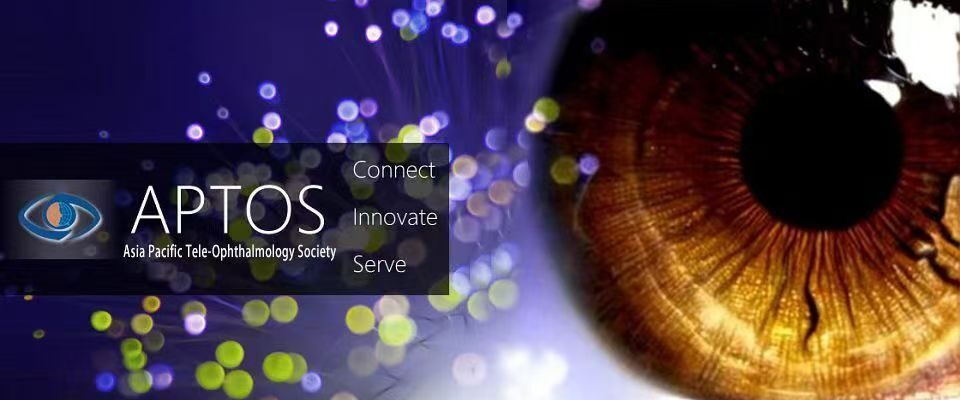BIll
Detection of idiopathic intracranial hypertension, enabled by tele-ophthalmology
Published on Canadian Journal of Ophthalmology, June, 2017 Authors Charles M. Medert, BS, VA Medical Center, Decatur, GA; Emory University School of Medicine, Atlanta, GA Mary G. Lynch, MD, VA Medical Center, Decatur, GA; Emory University School of Medicine, Atlanta, GA April Y. Maa, MD, VA Medical Center, Decatur, GA; Emory University School of Medicine,… Read more
Tele-ophthalmology for diabetic retinopathy screening: 8 years of experience
Published Online October 15, 2016 Authors Pareja-Ríos A, Hospital Universitario de Canarias, La Laguna, Tenerife, España. Bonaque-González S, Departamento de Física, Universidad de La Laguna, La Laguna, Santa Cruz de Tenerife, España; Grupo de Ciencias de la Visión, Universidad de Murcia., Murcia, España Serrano-García M, Hospital Universitario de Canarias, La Laguna, Tenerife, España Cabrera-López F,… Read more
An Efficient and Lossless Cryptosystem for Security in Tele-Ophthalmology Applications Using Chaotic Theory
An Efficient and Lossless Cryptosystem for Security in Tele-Ophthalmology Applications Using Chaotic Theory Highlights: The paper proposes an efficient and lossless cryptosystem based upon chaotic theory for encryption of medical fundus images. The proposed encryption scheme combines scrambling and substitution architecture. The experimental results indicate the proposed method is lossless and resistant against attacks and… Read more
Unique identification code for medical fundus images using blood vessel pattern for tele-ophthalmology applications
Unique identification code for medical fundus images using blood vessel pattern for tele-ophthalmology applications Highlights: The proposed work presents an accurate method for generation of unique identification code for tele-ophthalmology applications. Strategic combination of unique blood vessel pattern and patient ID is considered to generate of unique identification code. At the diagnosis centre, patient ID… Read more

